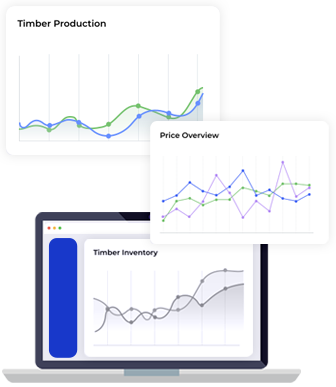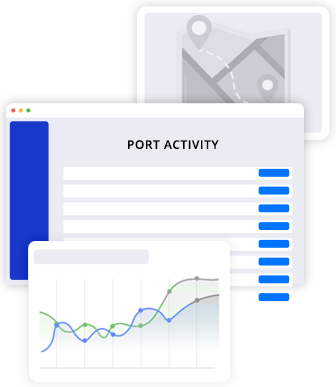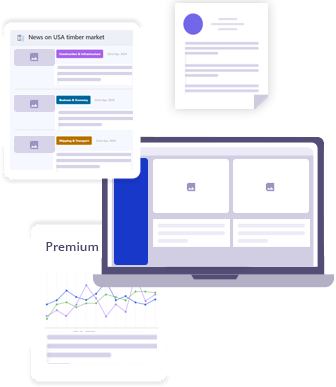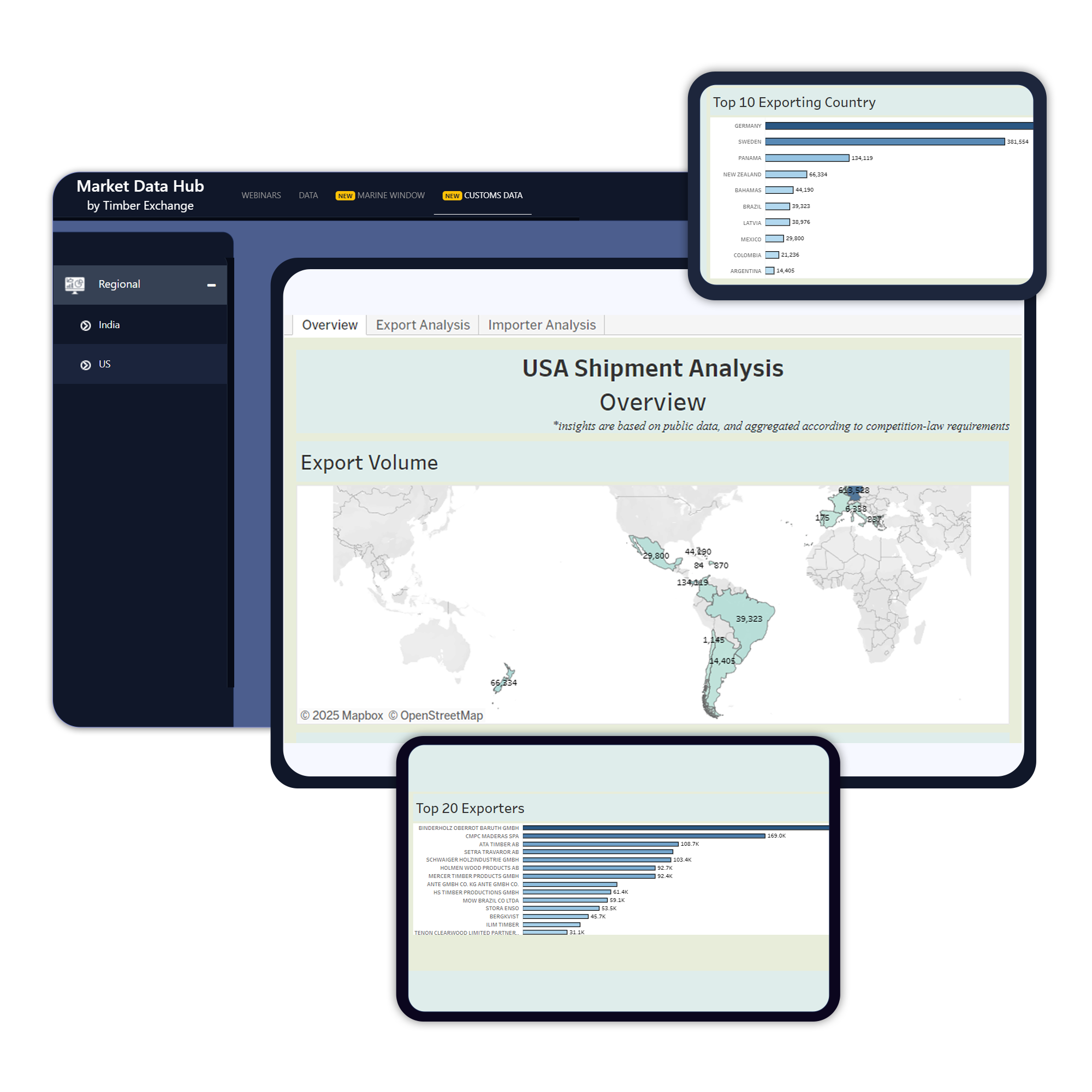
Australia's economy hits brakes with an unexpected slowdown in Q3
Posted on December 11, 2023 |
The Australian economy saw an abrupt slowdown during the 3 months leading up to September, attributed to consumers facing challenges with high borrowing costs and a decline in export growth.
The Gross Domestic Product (GDP) saw a modest 0.2% increase from the preceding quarter, falling short of economists' expected 0.5% growth.
Year-on-year, the economy expanded by 2.1%, a slight decrease from the revised 2%.
There were minimal fluctuations observed in both the Australian dollar and government bond yields.
With annual growth below the decade average of 2.4%, concerns about demand-driven inflation pressures are likely to ease, suggesting that the Reserve Bank of Australia (RBA) may adopt a cautious stance, taking time to assess the overall economic situation.
The RBA foresees a further deceleration in response to the 4.25 percentage points' interest rate hikes since May 2022.
Projections indicate a potential decrease to 1.5% by the end of the year, followed by a recovery to 2% by late 2024.
Australian households are already under pressure, evident in the savings rate falling to its lowest level since 2007 at 1.1%, marking the eighth consecutive quarterly decline from a revised 2.8%.
Household spending remains stagnant in the third quarter, while government spending surges by 1.1%, contributing 0.2 percentage points to GDP.
These developments follow the RBA's decision to maintain interest rates at a 12-year high of 4.35% during its final meeting of the year on Tuesday.





